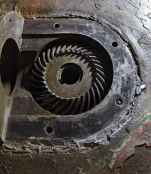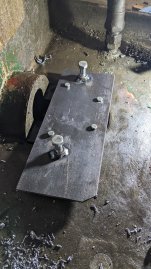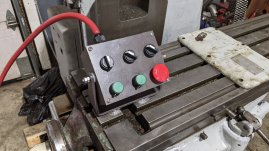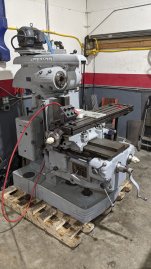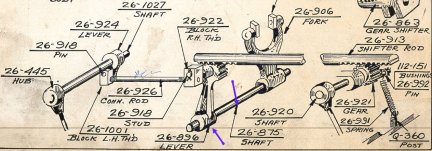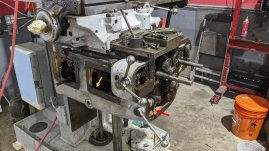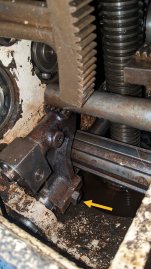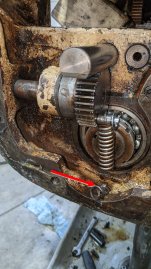Here is a quick overview of what I did on the electrical side of thing.
Interesting dominant use of solid wire. The terminals
on the VFD may not be rated to accept solid wire,
even though it might fit. The solid wire can pressure
the terminal strips that are directly soldered to the
curcuit board, and any stress can break a copper trace
on the board. Check the manual for recommendations
on this.
Pro tip... Hook the wire around the terminal screws
so the clockwise tightening will tighten the hook of
the bend, not try and open it. Also I see some of
the terminal screws spitting the hook out from under
the screw. Another bad condition with diminished
clamping and low conductivity.
Also, it looks like you have uninsulated ground wire
inside BX armored cable. Not typical code.
And the use of air hose as a sheath for the control
wires is "creative". The magnets on the control box
will soon reveal themselves as not the best idea.
-Doozer



